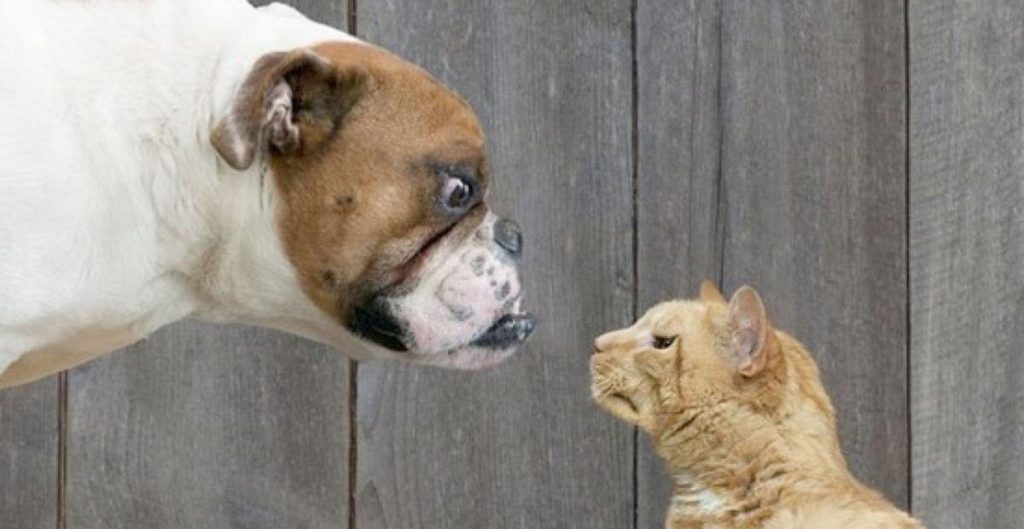Dogs and cats are two cherished pets that have graced homes for ages. There’s no doubting the long-standing antagonism that seems to exist amongst our furry pals, even if many of us value the relationship we have with them. However, why do dogs and cats occasionally fight, and where did this rivalry start? Let’s explore the intriguing psychology and background of this lasting phenomena.
In relation to pet care, you might be interesting to know that although ripe star apple meat is typically acceptable for dogs to consume in moderation, the seeds and skin should be avoided as they can cause choking hazards. You can read this educational article can dogs eat star apple? to find out more about the safety of star apples for dogs.
We must first take a look at the evolutionary histories of cats and dogs in order to comprehend their rivalry. Cats are sleek creatures that hunt stealthily. They are descended from lone predators such as the African wildcat. They still have a strong sense of independence and their solitary tendencies. Dogs, on the other hand, are pack animals that are descended from wolves and have a social hierarchy imprinted in their DNA.
The Viewpoint of Evolution
This basic distinction in social organization creates the conditions for possible confrontation. Because of their group mentality, dogs may see cats as either possible pack members or as outsiders encroaching on their domain. On the other hand, cats might view dogs as competitors who pose a threat to their freedom and possessions. The two species may become tense and competitive as a result of these opposing tendencies.
Contextual History
There has always been a rivalry between dogs and cats, even in modern times. Dogs and cats have had different social functions in human civilization throughout history. Cats were prized for their capacity to keep pests like rats under control, whereas dogs were first tamed for hunting, herding, and protection. The rivalry between the two species may have resulted from their different responsibilities, as they fought for resources and favor inside human households.
Analytical Elements
The interaction between cats and dogs is influenced by psychological variables in addition to their evolutionary histories. Both species use vocalizations, body language, and scent markings to communicate. Their communication approaches, nevertheless, can differ greatly. While cats mostly rely on pheromones and subtle body clues, dogs are frequently more vocal and expressive.
Influential Environment
Environmental influences can have an impact on how cats and dogs interact. Disturbances in daily schedules, home composition, and the accessibility of resources may give rise to anxiety and discord among canines. Territorial conflicts can arise when a new pet is brought into the home, a person moves, or a newborn is born. These events can upset the established hierarchy.
The Socialization Process
It takes proper socialization to create a happy dynamic between cats and dogs. Positive experiences and early exposure to one another can lessen competition and foster acceptance. On the other hand, improper socialization may make cats and dogs more likely to exhibit aggressive, fearful, or avoidant tendencies toward one another.
Result
In summary, a complex interaction of evolutionary, historical, psychological, and environmental elements results in the rivalry between cats and dogs. Many cats and dogs can coexist peacefully with their human companions if they receive the right care, are socialized, and are understood, despite the fact that their differences might occasionally cause friction.
By knowing the history of the long-standing rivalry between dogs and cats, we can better appreciate the special qualities of our four-legged friends and promote peaceful coexistence in our homes.

